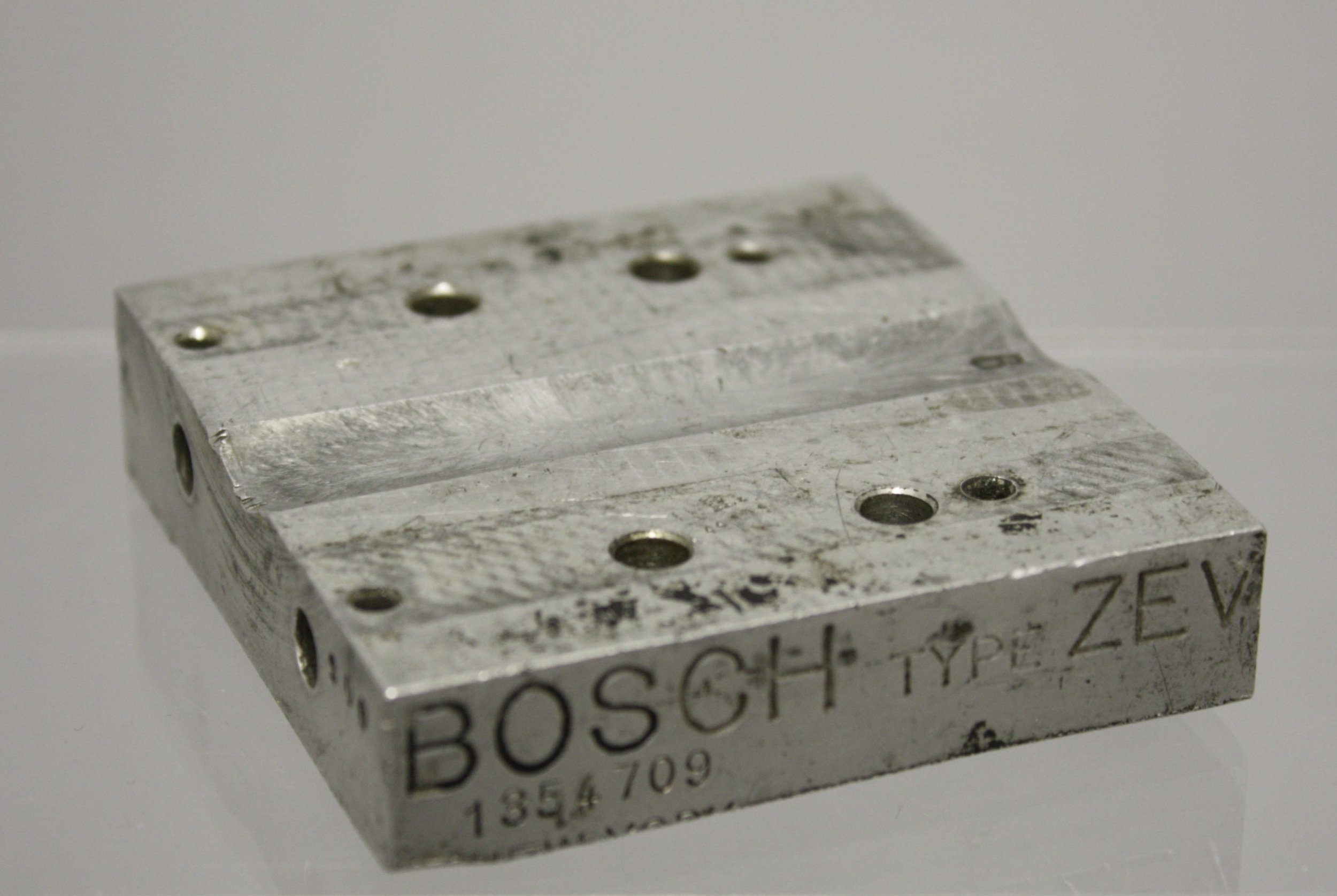Peggy Derrick
Catalog Number: 2013.fic.103
Copyright La Crosse County Historical Society
This badge was worn by a member of the La Crosse Normanna Sangerkor, or Norwegian Men’s Singing Corps. Singing societies were popular among Scandinavian and German immigrants, and La Crosse also supported the German Frohsinn Singing Society, and another Norwegian group that was ultimately absorbed by the Normanna Sangerkor.
The Sangerkor was founded in 1869, by Carl Jackwitz, with 21 original members. It’s considered the first Norwegian singing society in the U.S., and it continued until 1955. Its members sang for their own amusement, and they sang at large sangerfests, or singing festivals, across the upper Midwest.
One of the largest was held in La Crosse in 1906, when the Northwestern Scandinavian Singers held a festival here. A special, temporary, auditorium was built downtown to seat 3,000 people, and other singing groups from around the region came to participate.
Another important milestone was the time, in 1870, when they were invited to perform with the world-famous Norwegian violinist Ole Bull.
Emil Berg was their first director, a musician and tenor of some renown who had immigrated to Chicago, where he was making his living at an upholstery shop. The La Crosse Sangerkor invited him to move to La Crosse, even paying for his move. Berg spent the rest of his life here and directed the Sangerkor until his death.
In 1911 Rolf S. Rynning thought they needed something more elegant and permanent than the printed ribbons they wore for performances and competitions. Sketches by the artist E.O. Forseth were sent to Whitehead Hoag and Co. in Newark, N.J. The company based its design on those drawings, and this badge is the result.
Rolf was the son of Erik Rynning, one of the 1869 founders, and a longtime member himself. E.O. Forseth was a longtime director of the Sangerkor.
These badges were officially worn for the first time in July, 1912, at a Sangerfest in Fargo, N.D.
This article was originally published in the La Crosse Tribune on September 2, 2017.
This object can be viewed in our online collections database by clicking here.




